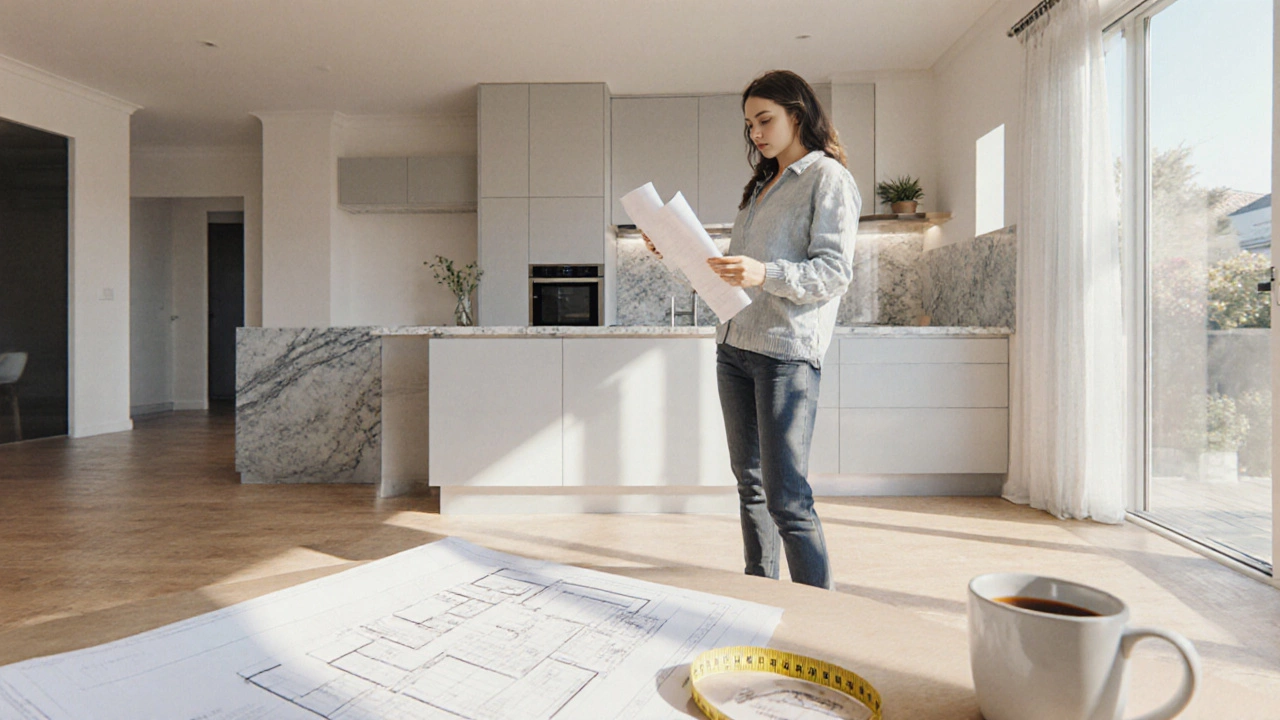Kitchen Installation Estimate: Your First Step to a Smart Remodel
When planning a kitchen installation estimate, a detailed cost projection for fitting a new kitchen, from cabinets to appliances. Also known as kitchen remodel quote, it helps homeowners set realistic budgets and compare trades. A solid estimate is the backbone of any remodel because it tells you exactly where money goes before the first nail is driven.
One of the biggest pieces of the puzzle is cabinet installation, the process of assembling and fitting storage units that define the look and function of a kitchen. The type of wood, finish, and hardware you pick can swing the total cost by thousands, so a clear line‑item for cabinets keeps surprises at bay.
Next up is countertop selection, choosing materials like granite, quartz, or laminate for the work surface. Countertops are usually the most visible expense and often dictate whether a remodel stays within budget or needs a trim elsewhere.
Don't forget the hidden hero: plumbing rough‑in estimate, the cost of preparing water lines and drainage before cabinets and appliances go in. A missed pipe or an undersized drain can cause costly re‑work later, so a detailed rough‑in number protects the schedule and the wallet.
Key Elements of a Kitchen Installation Estimate
A kitchen installation estimate encompasses three core groups: material costs, labor rates, and contingency allowances. Material costs include everything you can see in a showroom—cabinets, countertops, appliances, and fixtures. Labor rates cover the hours needed for demolition, carpentry, plumbing, electrical, and finishing work. Finally, a contingency (usually 10‑15% of the total) guards against unexpected issues like structural repairs or code changes.
Creating an accurate estimate requires detailed measurements, supplier quotes, and a clear project timeline. Measure each wall, note door openings, and record the distance between key points like the sink and stove. Feed those numbers to suppliers for precise pricing on cabinets and countertops, and ask contractors for labor bids based on the same drawings. When everyone works from the same set of data, the estimate becomes a reliable roadmap.
Choosing the right cabinet installation service influences both the final price and the durability of the finish. Some installers charge a flat rate per linear foot, while others bid by the hour. Ask for references, check their warranty, and verify that they follow the manufacturer's mounting guidelines—cutting corners here can lead to squeaky doors or warped shelves down the road.
When it comes to countertop budgeting, remember that the material cost is only part of the picture. Fabrication, edge profiling, and installation fees add up quickly. Quartz might look sleek, but its higher labor cost can push the total above a similar-priced granite slab with simpler cuts. Compare several fabricators and ask for a breakdown so you know exactly what you’re paying for.
The plumbing rough‑in estimate is often overlooked until the demolition stage. A good plumber will provide a line‑item cost for each pipe run, shut‑off valve, and drain trap. They’ll also flag any code requirements, such as backflow preventers for dishwashers. Including these items early prevents a last‑minute price jump when the work begins.
Finally, don’t ignore the importance of a written scope of work. This single document ties together the cabinet, countertop, and plumbing numbers, and it becomes the reference point if disputes arise. A clear scope also makes it easier to compare multiple bids, because you’re measuring apples to apples, not apples to oranges.
Armed with this framework, you’ll be able to read any kitchen installation estimate like a pro, spot inflated line items, and negotiate confidently. Below you’ll find a curated collection of articles that dive deeper into each of these areas, from negotiating contractor quotes to selecting the perfect countertop material. Let’s explore the resources that will help you turn a budget‑friendly estimate into a kitchen you love.

